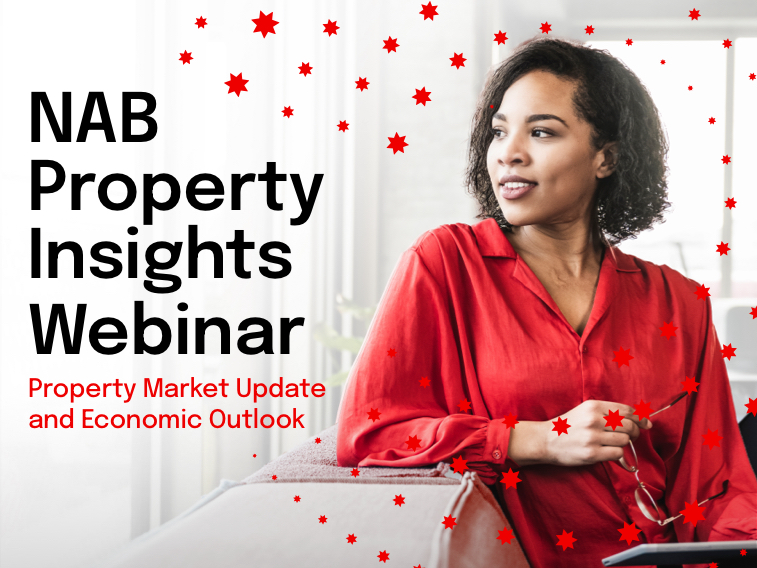July 17, 2015
NAB Quarterly Australian Wellbeing Index: Q2 2015
Family relationships and safe communities critical to Aussies’ wellbeing. In an effort to better understand why Australians feel the way they do, NAB has been tracking Australia’s wellbeing (as measured by anxiety, life-satisfaction, happiness, and life-worth) since early-2013.
Key Findings
- Australian wellbeing fell slightly in Q2 2015 as heightened levels of anxiety & lower life satisfaction offset improved happiness & life worth.
- Anxiety is still the biggest detractor of wellbeing – almost 40% of Australians rate their anxiety “high”.
- Wellbeing is most positively influenced by: family & relationships, our home, safety & local community. Events (such as abuse & victimisation), substance abuse and a lack of time, detract most.
- Wellbeing is higher for women than men. But, young women (18-29) have the lowest wellbeing of any demographic. Young women are notably less happy. Their big concerns are: a lack of time; events; general finances; substance abuse & job/work issues.
- Tasmanians remain among the most satisfied, happiest, and have the highest life worth of all states. TAS ranks slightly ahead of VIC for overall wellbeing. NSW/ACT is lowest.
- Wellbeing doesn’t typically correlate with income, but the lowest income group (<$35k) have by far the lowest level of wellbeing. Wellbeing does correlate with age. Older Australians (50+) have the highest wellbeing. Widows have the highest wellbeing of any group.
- Almost all facets of wellbeing are more positive for high income earners than the lowest income earners. Big detractors of wellbeing for low income earners include: finances & money; funding retirement; buying, selling, finding a home; & work or job issues.
- The key detractors of wellbeing, such as events (e.g. abuse) & and substance use/abuse, transcend income.
- Where you live is a key determinant of wellbeing. Safety, shops, parks, gardens, neighbours, health facilities, internet access & dining are key factors. These “community” aspects of wellbeing are particularly important to women.
- High income earners also generate much greater wellbeing from community factors (particularly good local jobs, housing affordability, safety & dining options) compared with low income earners.
For further analysis download the full report.

